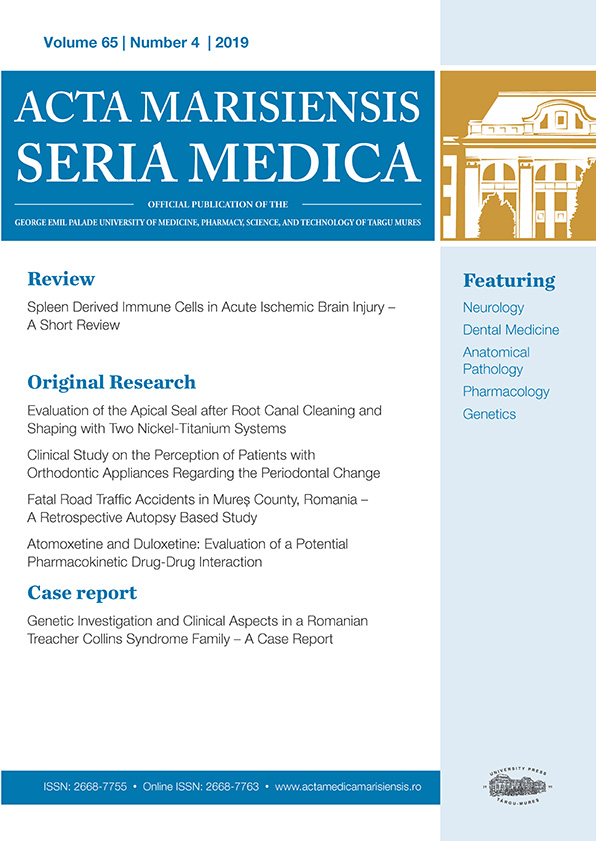Nano-Scale Surface Modification of Dental Implants – An Emerging Boon for Osseointegration and Biofilm Control
Nanosurface modification and dental implants
Abstract
Implant therapy is a commonly based method of replacing missing teeth. A range of physical, chemical, and biological modifications have been applied to the surface of titanium implants to improve their biological performance and osseointegration outcomes. Implant surface characteristics play an important function in several peri-implant cellular and molecular mechanisms. Clinicians are commonly placing dental implants with various surface roughness and modifications including plasma-sprayed, acid-etched, blasted, oxidized, hydroxyapatite-coated, or combinations of these procedures. Surface modifications are to facilitate early osseointegration and to ensure a long-term bone-to-implant contact without substantial marginal bone loss can be accomplished.
It is apparent that different modifications have a range of beneficial effects, it is essential to consider at what time point and in what conditions these effects occur.
This article reviews existing surface modification technologies of mainstream dental implants and the correlation between implant surface coatings and their performance of osseointegration or anti-bacterial ability it needs to be evaluated.
Copyright (c) 2022 Gouri Sachin Palekar, Ashita S Uppoor, Sangeeta Umesh Nayak

This work is licensed under a Creative Commons Attribution 4.0 International License.









